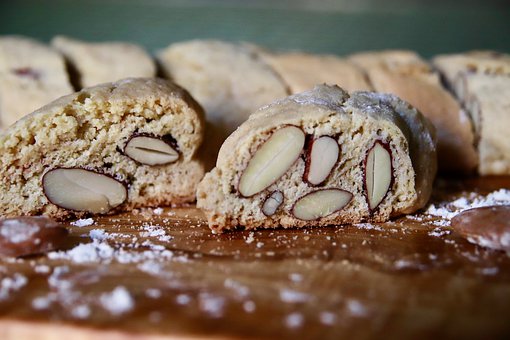A Chinese almond bread roll or Chinese almond treat is a sort of Chinese cake that is made with ground mung bean. It was initially made without almond, and the name alludes to the almond state of the first bread roll, however, now the Chinese almond bread roll is as a rule round-formed and regularly contains almond. The roll is perhaps the most standard baked goods in Guangdong, Hong Kong, Macau, and in some abroad Chinese pastry kitchens. They are little, containing no filling. Furthermore, they are brittle. In Macau, the tidbit has been quite possibly the most mainstream strength item, particularly close to the Vestiges of the Basilica of St. Paul, roads are stuffed with 10 to 20 stores, all selling various kinds of almond cookies close to each other. Sellers line up in the city to push the product. It is suggested on the authority Macau the travel industry site as an acclaimed Macanese nibble.
Chinese cafes were one of only a handful few non-Jewish diners which permitted Jewish individuals to section and let them feast on the premises. This, alongside the way that dairy and meat are essentially never joined in Chinese cooking, added to the ascent in prevalence of Chinese food in American Jewish culture. A comparable Chinese treat was likely served at some Chinese cafés in New York City during this time, and it has been hypothesized that this was the motivation for the Jewish almond cookies, and was the point at which this treat was brought into American Jewish food.
This treat was adjusted to address both Jewish dietary worries, just as the trouble in securing fixings, for example, almond flour or almond oil around then. This made a smoother, less grainy surface for Jewish almond cookies versus Chinese cookies. Jewish almond cookies immediately spread in ubiquity as they are pareve and could be eaten after fleishig suppers containing meat. In this manner, Jewish almond cookies turned into a staple of the treat counter at Jewish shops across America.

